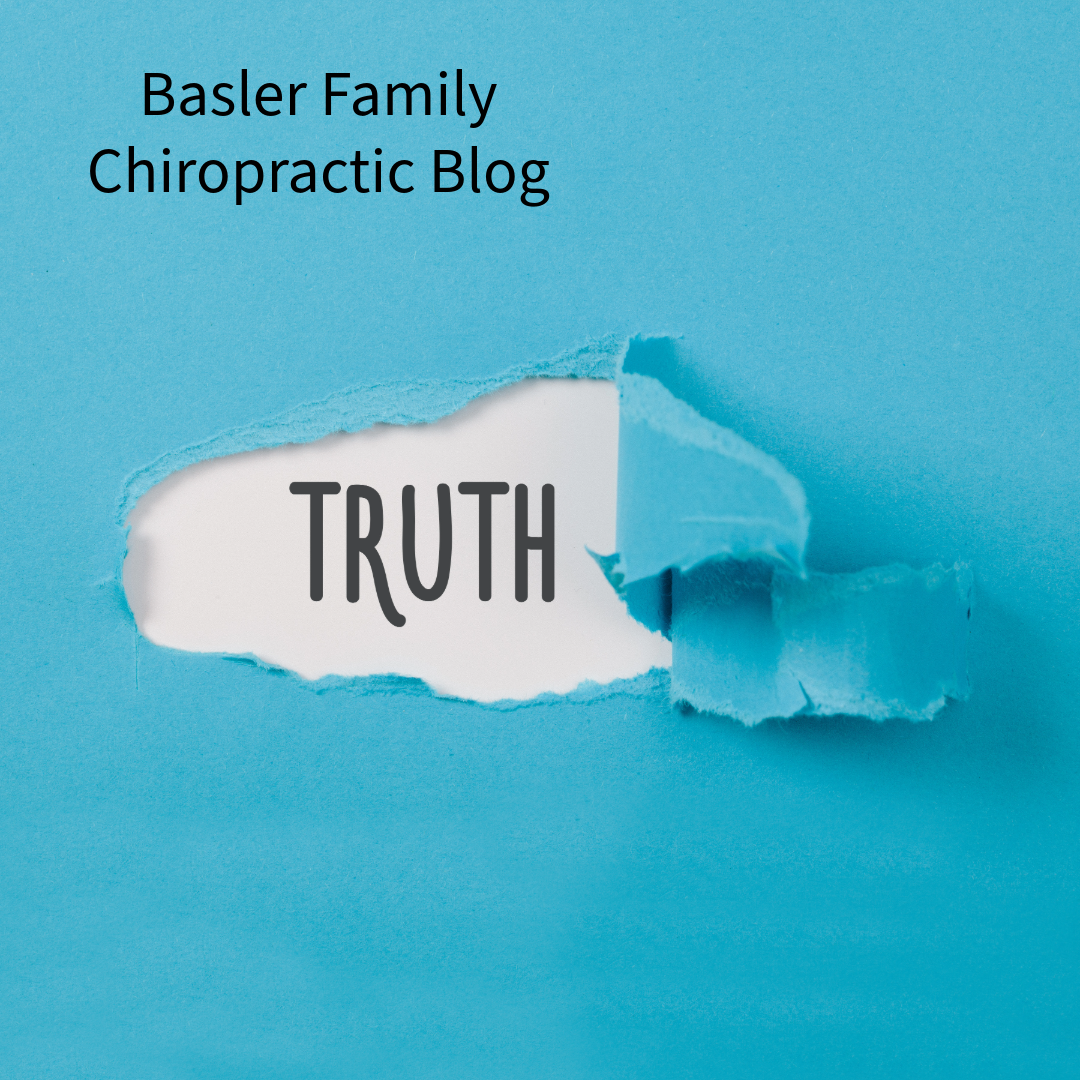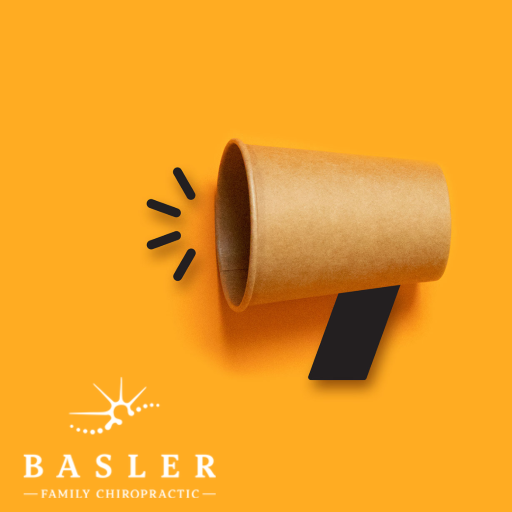How quickly do you react when someone pulls in front of you when you’re driving, or when a ball comes your way on the sporting field, or when you have a slip and need to catch yourself before you fall?Are you accident prone or a ninja warrior? If you’re accident-prone, how can you bring out your inner ninja warrior?
We all react to these day-to-day challenges at different speeds. Some of us react slowly and some of us react really quickly. How quickly you react to a situation can actually be really important in many ways, from helping to prevent accidents on the road, to reaching your optimal potential on the sporting field.
How quickly we react to a stimulus or situation is called our reaction time, and will depend on how fast our brain can sense what’s happening around us, then process that information, come up with a reaction plan, and then perform the appropriate response.
As you can see from this description, your reaction time depends on how efficiently your brain and nervous system are working. So, what can you do to help improve the efficiency of your nervous system? This is a really interesting question that chiropractic researchers have been trying to help answer. The reason that chiropractors are interested in reaction time is that chiropractic care aims to improve the communication between your brain and your body so you are better able to react and respond to your environment.
When your brain can accurately perceive what is going on inside and out, it can better control your body for the situation at hand, and move your muscles in the right order and at the right speed.1-3
Researchers have now published a number of studies that have shown that chiropractic care can actually make a difference to your reaction time.
One of the first really good studies to look at how chiropractic care affects reaction time was published back in 2000.4 In this study, the researchers asked a group of students to look at a computer screen that had a letter ‘R’ on it and to hit a key on the keyboard to show whether they thought the ‘R’ was the right way around or back to front. To make it tricky, the researchers rotated the ‘R’ to lots of different angles, that way the student being tested had to mentally rotate it back in their head to really work out if it was the right way around or not.
The researchers then got a chiropractor to either adjust the person or have them lie down on a chiropractic table, without doing an adjustment, as a control intervention. What the researchers found was that after an adjustment the study subjects improved their reaction time much more than the subjects who were in the control group. They concluded that the chiropractic adjustments may have affected how quickly their brain processed the information they were seeing, which was a really interesting finding.
In 2016, another group of researchers published a study that looked at how quickly a group of older people could take a step on a platform that had 4 panels that could light up.3 When a panel lit up, they’d have to stand on it as quickly as they could.
Being able to take a fast step is really important because scientists have shown that people who are quicker at taking a step are less likely to fall.5-6 In this study, they tested the older people before, during, and after receiving 12 weeks of chiropractic care or receiving their usual medical care. What they found, was that after 12 weeks there was a dramatic, significant improvement in the chiropractic group’s step time. The improvement seen in reaction time in this study was actually 2 and a half times greater than a large clinical trial that looked at the effects of 6 months of exercise on the same stepping task.7 This might be really important when it comes to someone stopping themselves from having a fall if they trip or slip.
In another study that was published recently, what they found was that after 12 weeks there was a dramatic, significant improvement in the chiropractic group’s step time. The improvement seen in reaction time in this study was actually 2 and a half times greater than a large clinical trial that looked at the effects of 6 months of exercise on the same stepping task.8
Eight researchers tested a group of special operation forces military personnel to see whether chiropractic adjustments improved how quickly they could react and touch a set of panels on the wall in front of them that would light up at random. What they found in this study, was that when these elite soldiers were adjusted, they were quicker at reacting and responding to the lit panels than if they had no adjustment. This is a really significant finding because just imagine how important reaction time could be to a soldier!!
So, you can see that researchers are discovering that chiropractic care really does seem to have an impact on how efficiently your brain can accurately perceive what is going on around you and react to it. And maybe this could help you to move from being accident-prone to a ninja warrior.
If you want to get your ninja warrior on, why don’t you consider having your spine checked by your family chiropractor?
References
- Haavik & Murphy. J Electromyogr Kinesiol 2012;22(5):768-76.
- Haavik & Murphy. J Manipulative Physiol Ther 2011;34(2):88-97.
- Holt et al. J Manipulative Physiol Ther 2016. 39(4):267-78.
- Kelly et al. J Manipulative Physiol Ther 2000;23(4):246-51.
- Lord et al. Phys Ther 2003;83(3):237-52.
- Lord & Fitzpatrick. J Gerontol A Biol Sci Med Sci 2001;56(10):M627-32.
- Lord et al. J Am Geriatr Soc 2003;51(12):1685-92.
- DeVocht et al. Trials 2019;20(1):5-5. doi: 10.1186/s13063-018-3133-2. © 2020 Haavik Research Limited
Acknowledgments
- Dr. Heidi Haavik – BSc(Physiol) BSc(Chiro) PhD
- Dr. Kelly Holt – BSc, BSc(Chiro), PGDipHSc, PhD
- Dr. Jenna Duehr – BChiro, BHSC (Nursing), MHSc










